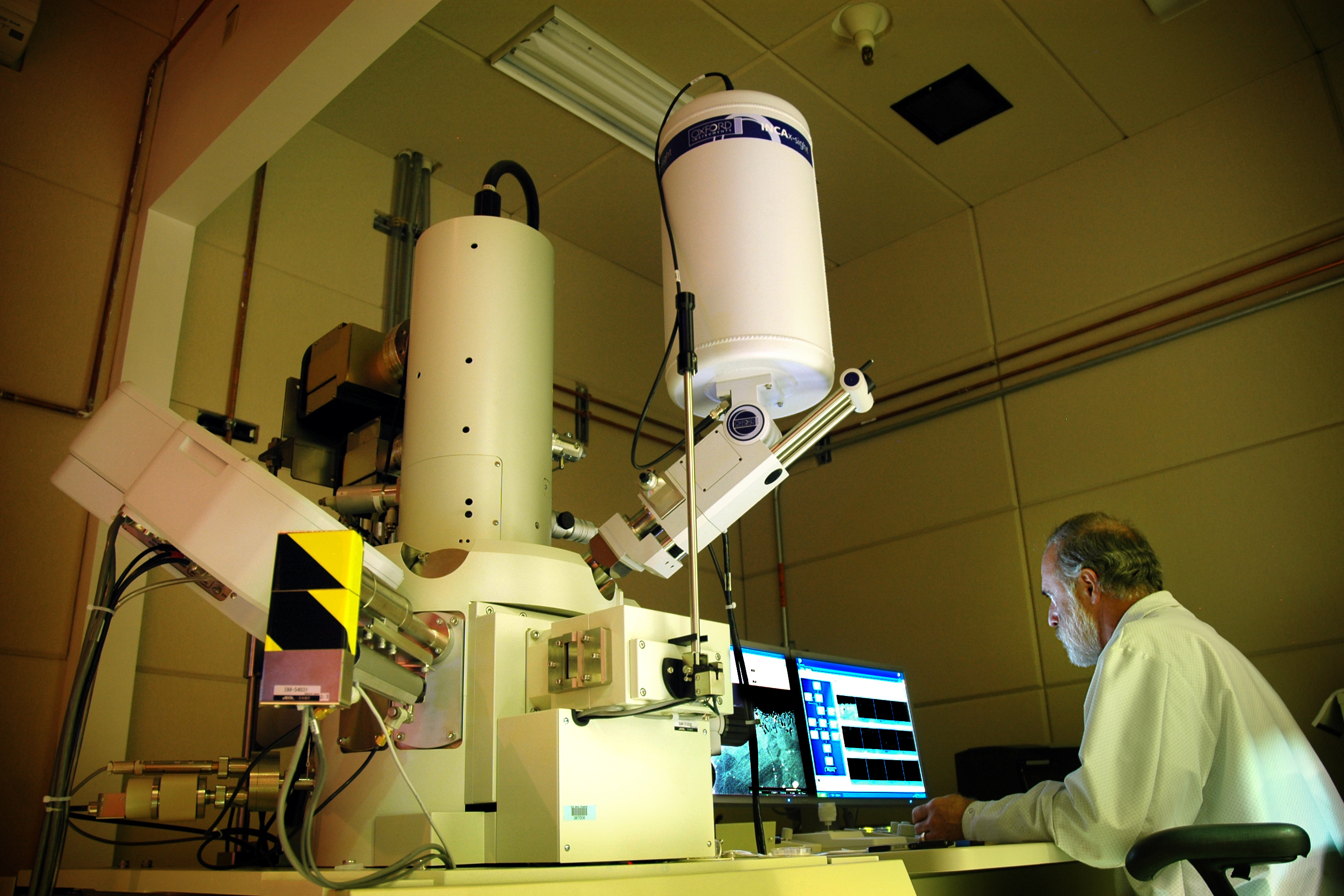In December 2013, I was a freshman looking for a summer research internship. I trawled through what felt like thousands of National Institutes of Health labs and crossed my fingers. Through a somewhat fortuitous twist, I wound up with a position in an infectious disease lab. A couple of weeks after I committed, news outlets started bubbling with reports of a new Ebola outbreak in West Africa. By the time the epidemic was over, some 11,000 had died and I’d had a hell of a summer research experience.
Early in 2015, I was again looking for a research internship. Given the tumult of the Ebola lab, I was inclined to pick a more innocuous research subject. I settled on a lab in Baltimore doing work with SARS and Middle East respiratory syndrome. The former has been more or less dormant since the initial outbreak in 2003, and the latter has been mostly confined to Saudi Arabia. I began work in May. Soon after, the first-ever MERS outbreak outside of the Middle East cropped up in South Korea. Almost 200 people died, and the spread of the disease called into question the standards of the entire South Korean health care system. It was also, needless to say, an interesting summer.
I’m currently looking once more for an internship. Coincidentally (or perhaps not) there’s a new virus sweeping through Central and South America. Whereas the Ebola virus causes massive internal hemorrhaging and SARS/MERS present as severe and dangerous flu symptoms, the new virus seems to do … not much at all. Zika, as it’s called, only definitively causes a mild fever that goes away on its own. As such, there have been no curative research efforts on Zika since its discovery in the 1950s. Recently, however, some 4,000 babies have been born with microcephaly to Zika-infected mothers. Suddenly, there’s a link, and it’s ratcheted up panic worldwide. Among other things, El Salvador is asking women to refrain from getting pregnant for the next two years.
Every time a new virus emerges, an obligatory chaos of sorts seems to come with it. It makes sense, really: Viruses are invisible and spread like wildfire. Many don’t have preventative vaccines or cures. Some can actually insert themselves into your very DNA. Some have mortality rates upward of 50 percent. Viruses are terrifying.
What can get lost in the panic, however, is the pure amount of research that goes into understanding and fighting these microscopic beasties. The sheer number of scientists — biochemists, epidemiologists, pathologists, virologists, all the other –ists — who work round-the-clock hours to cut off outbreaks is staggering. There are no more unsolvable puzzles. Like the Six Million Dollar Man, we have the technology. What should the public do in the face of a new virus? Sleep, drink plenty of water. Keep living. Before a Zika vaccine is ready for market, this outbreak will be over. Between fumigation efforts and targeted epidemiological quarantines, we have more than enough tools at our disposal to limit the damage. And we will.
I say “we” as if I’ll have a hand in it. This isn’t the case. Another reason I know the outbreak will be over by the summer? I’m not going back to work in a virology lab. You’re welcome, world. Mr. Global Health Outbreak is off the market.
Jack Siglin is a junior physiology and neurobiology major. He can be reached at jsiglindbk@gmail.com.



